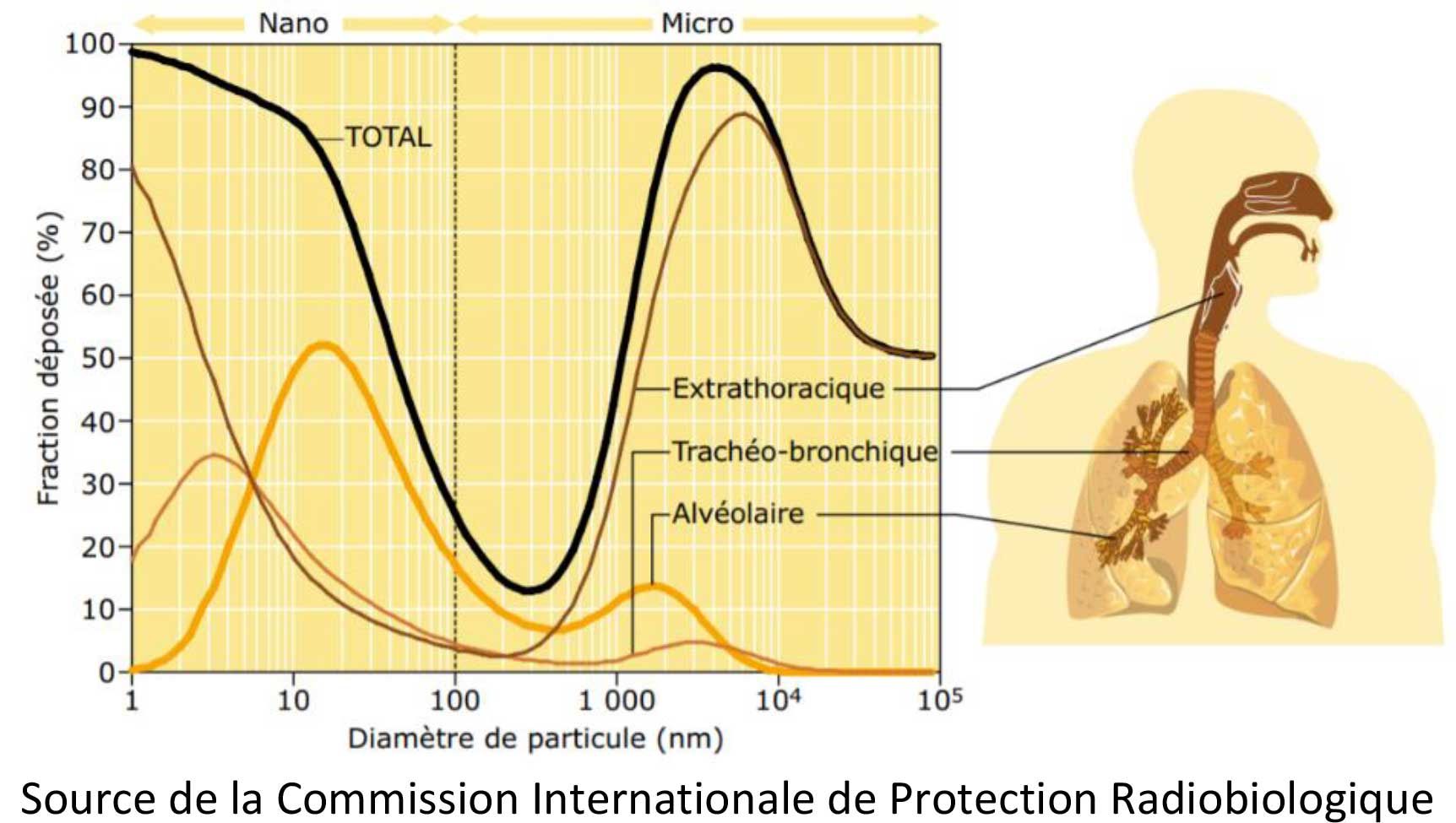Limit your environmental footprint
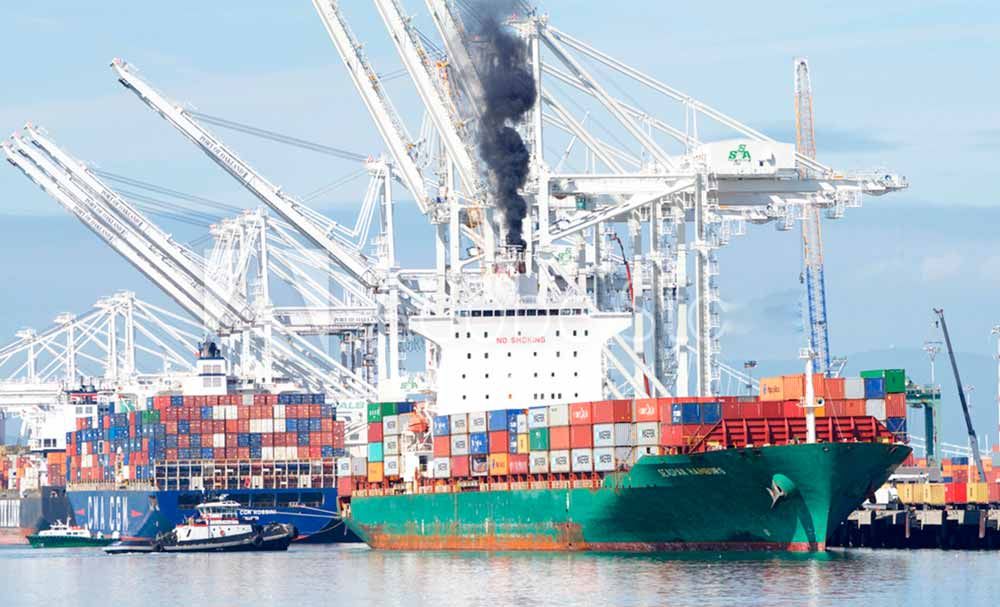
Particulate matter: regulatory failure in the face of a major environmental and health problem
Challenges and problems
How particles from untreated diesel engines poison everything that breathes, humans and wildlife.
Carbon particles, and in particular ultra-fine particles (UFPs), have been declared a known carcinogen since 1988, according to the International Agency for Research on Cancer (IARC), the cancer agency of the World Health Organisation (WHO).
Problem of acceptability of local residents to bear pollution from ship emissions
Public health issues are by definition of public interest. However, dealing with the problem of particles is becoming an issue of general interest as science and its knowledge progress.
Consequently, any solution that contributes to improving the maritime sector by limiting its nuisance for the population and preserving the health of local residents, will preserve it for the future.
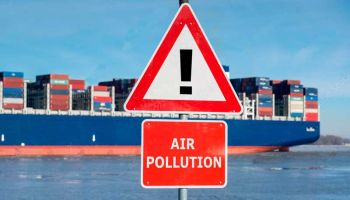
Challenge n°2 :
Global warming
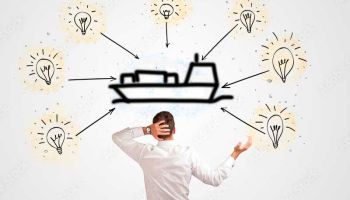
Problem n°3 :
Lack of solutions
- The existing fleet does not have simple and affordable solutions to deal with these issues:
- The electrical connection at the quay, which is an excellent solution in case of non-fossil primary energy, does not treat the particles emitted by the propulsion engines (while manoeuvres in port are the main source of emissions)
- Current treatments such as scrubbers capture only a fraction of the largest particles, and do not destroy them. But all the other particles, i.e. the essential ones in number, are not treated. To that respect, OCEAMM becomes a precious complement.
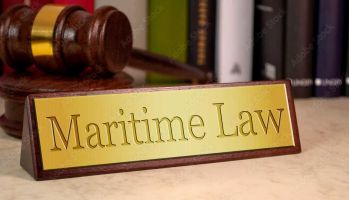
Challenge N°4 :
Legal redress

Challenge N°5 :
Image




